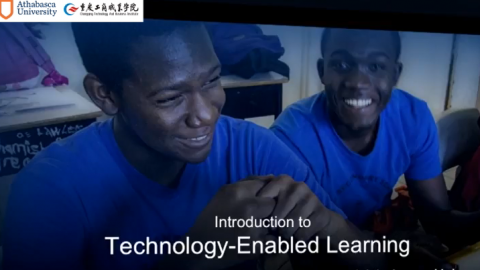television ,radio and print for example are primarily broadcast or one-way media,as end users or "recipients" cannot change the message
In fact, there are still some fundamental questions to be answered regarding
technology for teaching, including:
what is best done face一to一face and what online, and in what contexts?
what is the role of the human teacher, and can/should/will the human teacher be replaced
by technology?
A major structural distinction is between broadcast' media that are primarily one一to一many and one一way, and those media that are
primarily many一to一many or communicative', allowing for two一way or multiple communication connections. Communicative media include those that give equal power' of communication between multiple end users.
One advantage of broadcast media and technologies is that they ensure a common
standard of learning materials for all students. This is particularly important in countries where teachers are poorly qualified or of variable quality. Also one一way broadcast media enable the organization to control and manage the information that is , being transmitted, ensuring quality control over content. Broadcasting media and
technologies are more likely to be favoured by those with an 'objectivist' approach to teaching and learning, since the 'correct knowledge can be transmitted to everyone receiving the instruction. One disadvantage is that additional resources are needed to provide interaction with teachers or other learners.
Communicative media and technologies
The telephone, video一conferencing, e一mail, online discussion forums, most social media and the Internet are examples of communicative media or technologies, in that all users can communicate and interact with each other, and in theory at least have equal power in technology terms. The educational significance of communicative media is that they allow for interaction between learners and teachers, and perhaps even more significantly, between a learner and other learners, without the participants needing to be present in the same place.
Thus it can be seen that 'power' is an important aspect of this dimension. What power' does the end一user or student have in controlling a particular medium or technology? If we look at this from an historical perspective, we have seen a great expansion of technologies in recent years that give increasing power to the end user.
Different media have different potential or affordances' for different types of
learning. One of the arts of teaching is often finding the best match between media and desired learning outcomes.
阅读:《数字时代的教学》6.1、6.4、 7.1

